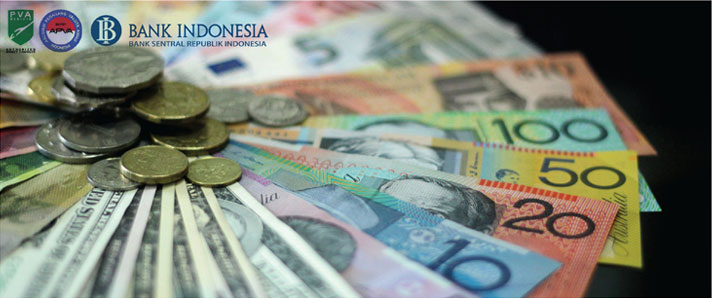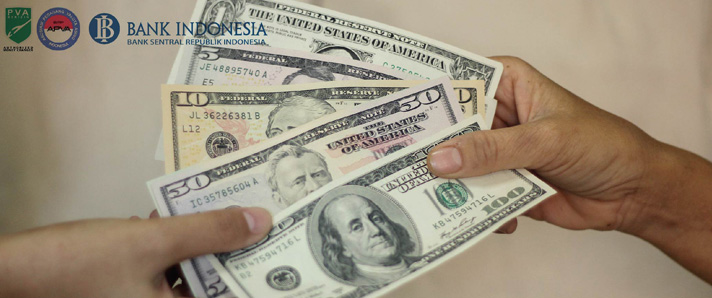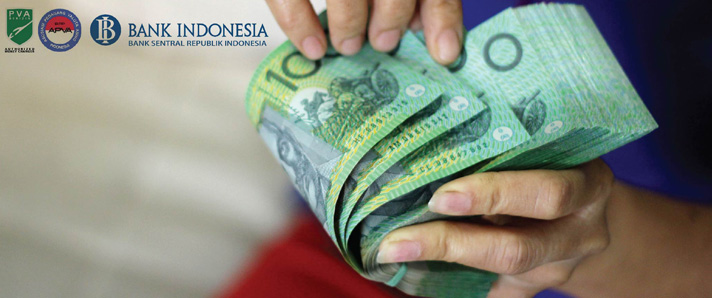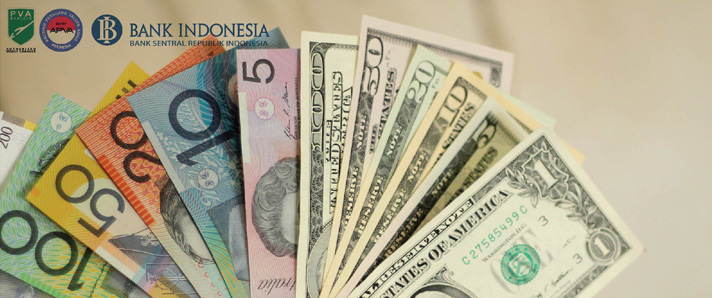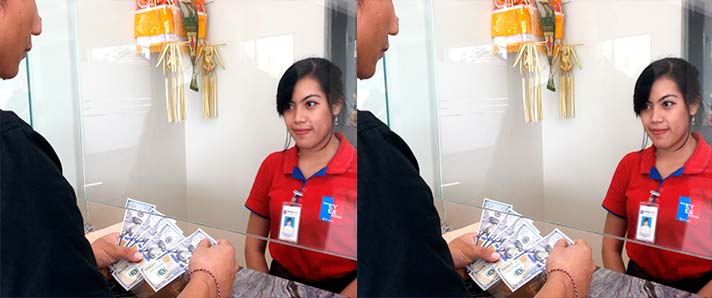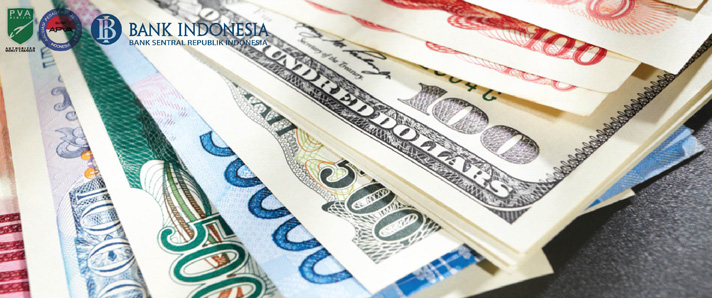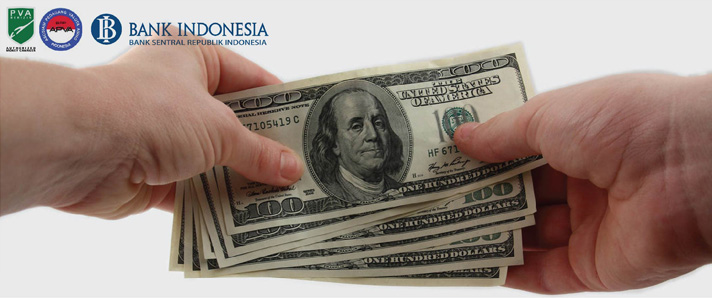Japans journey to a cashless economy
While Japan is known for its technological advancements and innovations, many would be surprised to learn that it is lagging behind other Asian countries in adopting cashless payments. This juxtaposition of high-tech prowess with a preference for traditional cash transactions creates a unique landscape worth exploring.
Widespread use of cash
Japanese consumers have long preferred cash, considering it a safe and reliable payment method. The reluctance to adopt cashless payments is driven by several factors, including concerns over data leakage, lower financial literacy, and cultural attitudes towards money. Cash transactions are deeply ingrained in the Japanese way of life, from everyday purchases to significant financial dealings.
Within Asia Pacific, Japan had the second-highest share of cash for in-person transactions at 51 per cent in 2022 after Thailand, according to the US-based banking and payment processing company FIS. The company expects Japan to have the highest cash rate in Asia Pacific by 2026 at 37 per cent.
Meanwhile, according to Economy Ministry data, almost 40 per cent of all transactions in Japan were cashless last year, much lower than China and South Korea, which had 83 per cent and 93.6 per cent respectively.
This statistic highlights Japans unique position as a technologically advanced society that still clings to cash.
Gradual shift
However, the country is now ramping up its efforts to expand cashless payments.
GlobalData forecasted the Japan card payments market to grow by 10.8 per cent this year, reaching 121.4 trillion yen (US$866.8 billion), supported by the growing consumer preference for non-cash payments. This growth is being driven by a combination of government initiatives, technological advancements, and a gradual change in consumer attitudes.
Japans payment landscape is dominated by cash, said Ravi Sharma, lead banking and payments analyst at GlobalData. However, this is undergoing a transformation, with electronic payments gaining traction and cash usage declining, supported by the country’s large banked population and high financial awareness.
In April 2018, the Ministry of Economy, Trade, and Industry announced a plan to achieve 40 per cent cashless payments by 2025, with a long-term goal of reaching 80 per cent.
With government initiatives to promote electronic transactions and improved payment infrastructure, payment cards have grown in prominence over the years, said Sharma. Card issuers and payment service providers are focusing on developing payment infrastructure via the expansion of the payment acceptance network.
This infrastructure development is crucial for supporting the growing volume of cashless transactions. The markets card payment value posted a 15.8 per cent and 12.8 per cent growth in 2022 and 2023 respectively, according to GlobalDatas Payment Cards Analytics. It reached 109.6 trillion yen (US$782 billion) last year.
GlobalData said the rise in e-commerce payments has been a significant driver of the growth as payment cards are widely preferred for online purchases. However, the companys analyst said challenges such as economic instability and geopolitical uncertainty may pose obstacles to this growth.
Nevertheless, Japans payment landscape is evolving, and card payments are set to play a more significant role in the countrys financial ecosystem, Sharman said. Overall, the card payments value is expected to register a strong compound annual growth rate (CAGR) of 6.9 per cent between this year and 2028.
Japan, perhaps, is on a steady path towards a more cashless society.
PayPay, one of the most common QR code payment services in Japan, reported surpassing 50 million users in 2022, indicating the increasing adoption of digital payment solutions among Japanese consumers.
Meanwhile, as the country has seen a significant surge in foreign tourists due to the weakened yen, the government is now speeding up its adoption of cross-border QR code payments. A record-high 17.78 million foreign tourists came to Japan in the first half of the year, with arrivals in June led by travelers from South Korea, China, Taiwan, and the US. This influx of tourists has added urgency to the need for more accessible and versatile payment options.
Earlier this year, the Japanese government negotiated with eight Asian countries to enable the joint use of QR code payment services, allowing international travelers to make purchases abroad using their payment methods. The initiative is expected to start next April. This international collaboration is a significant step towards integrating Japans payment systems with global digital payment frameworks, enhancing convenience for both locals and international visitors.
While Japan has been slow to adopt cashless payments compared to its Asian neighbors, significant progress is being made. Through a combination of government initiatives, advancements in payment infrastructure, and changing consumer preferences, Japan is gradually embracing a cashless future. The journey is far from over, but the direction is clear, and the prospects are promising.
Apr 5, 2025
Source : insideretail.us
| Bank note current rate: | ||||||||||||||||||||||||||||||||||||||||||||||||||||||||||||||||||||||||||||||||||||||||||||||||||||||||
| ||||||||||||||||||||||||||||||||||||||||||||||||||||||||||||||||||||||||||||||||||||||||||||||||||||||||
|
||||||||||||||||||||||||||||||||||||||||||||||||||||||||||||||||||||||||||||||||||||||||||||||||||||||||
| Last Updated :16 Oct 2025 - 03:28 PM | ||||||||||||||||||||||||||||||||||||||||||||||||||||||||||||||||||||||||||||||||||||||||||||||||||||||||
| These are indicative rates. For actual exchange rates, please visit or call our outlets at (0361) 4741 940. We reserve the right to change the rates at any time without prior notice. | ||||||||||||||||||||||||||||||||||||||||||||||||||||||||||||||||||||||||||||||||||||||||||||||||||||||||
|
|
||||||||||||||||||||||||||||||||||||||||||||||||||||||||||||||||||||||||||||||||||||||||||||||||||||||||
|
Please Note : Central Kuta does not sell foreign currencies in small denominations. Please Contact us for further information. |
||||||||||||||||||||||||||||||||||||||||||||||||||||||||||||||||||||||||||||||||||||||||||||||||||||||||


